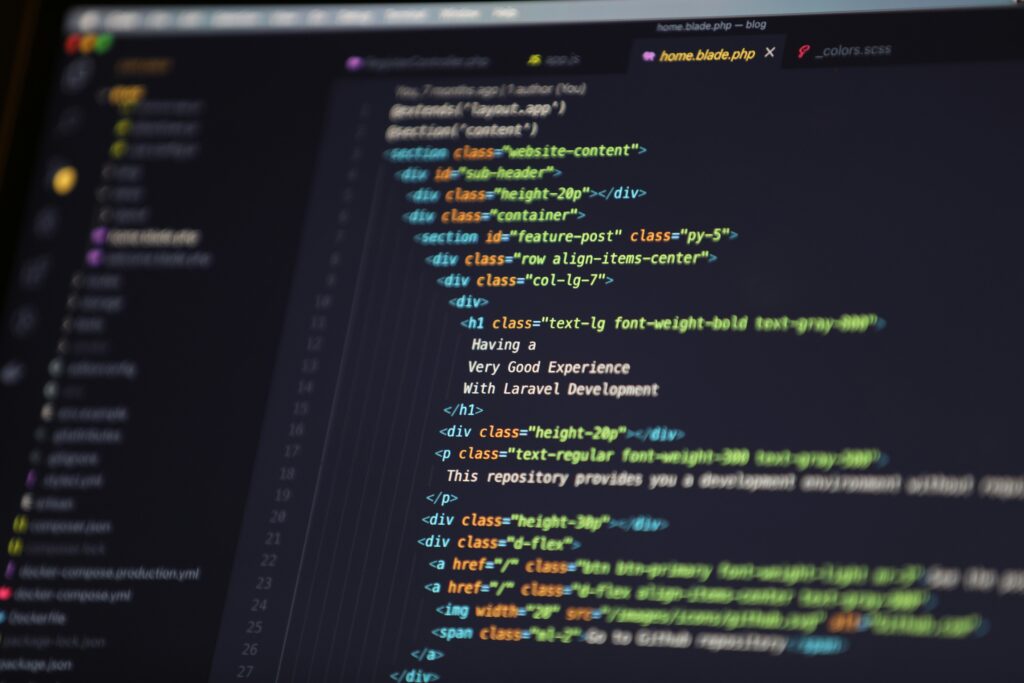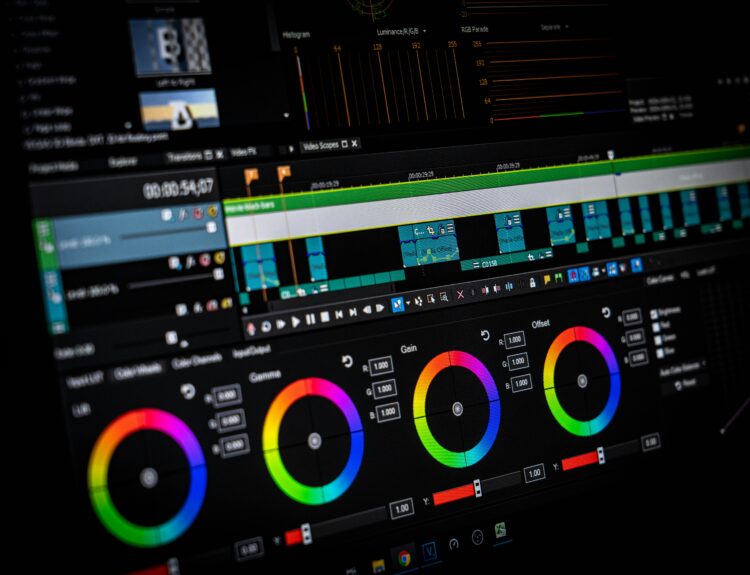“Angry React” is not just a metaphor, but a real state in which developers can fall, trying to understand the subtleties of React. But instead of leaving the framework and looking for alternatives, it is important to understand how to deal with these problems and continue to work effectively. In this article from Celadonsoft we will tell you how to overcome these common frustrations, avoid common React pitfall and make your work with React more productive and comfortable.

Performance Pitfalls: When React Starts to Brake
One of the main reasons for frustration in React development is productivity. Complex web applications with multiple states and dynamic updates may face rendering issues. This is most often due to unnecessary component re-renders, inefficient use of state and misaligned optimizations.
The Problem of Extra Borders
Whenever the component’s state or props change, React rewrites the component and its child elements. In large applications, this can cause the performance to slow down. For example, a component that is rendered due to a change in only one state can cause unnecessary computation in child components even if their data has not been changed. This leads to degradation of performance and decreased responsiveness of the application.
How to Avoid Extra Re-Renders?
- Use React.memo. This hook helps to avoid unnecessary component renderings if their props are not changed. This is especially useful for components that render large amounts of data or perform heavy calculations.
- Optimization with useMemo and useCallback. These hooks allow you to save the results of calculations and not count them in each render. For example, if you have an expensive feature that should not be run every time the state changes, useMemo will avoid re-calculation.
- Decomposition of components. Often the problem with performance is that the components become too large. Splitting the component into smaller parts and managing the state in smaller blocks helps to minimize unnecessary renderings and improve the readability of the code.
Use of React DevTools and Profiler
React DevTools and its Profiler are indispensable tools for performance diagnostics. They can track which components are being rewritten, which operations are taking too long, and what causes the performance issues. Regular use of these tools helps to identify and remove the «bottlenecks» at the development stage, not after the problem becomes obvious to users.
Importance of the Right Wealth Management Strategy
An error in the state management can be a major cause of the application’s slow performance. Using a global state for every change, even the smallest one, increases the rendering load and can lead to a decrease in productivity. Choosing the right state management strategy (for example, using the Context API for local states or Redux for more complex ones) will help you minimize unnecessary updates and improve overall application performance.
Status Issues: When React Doesn’t Understand What You Want
One of the most common reasons for frustration when working with Angry React is state management. At first, it seems simple: you have a component, you update its state with useState or useReducer, and everything works. However, when the application grows, there are difficulties that can lead to poor state management, excessive re-rendering and difficult to maintain code.
Errors in State Management
When working with state in Angry React, it is important to remember several basic principles:
- Do not directly mutate the condition. For example, if you modify an array or object directly, React will not be able to track changes and retrace components. Use state update functions such as setState or «spread operator» to create new copies of the data.
- Not creating cyclic dependencies. If the state of a component is dependent on another state, and the first state of the second component is updated, this can lead to infinite regenerating. It is very important to manage dependencies well and not create such situations.
How to Choose the Right Tool for State Management?
React has several ways to manage your state, and choosing the right option can have a significant impact on the performance of your application.
- useState and useReducer for the local state. If you need to manage a state in only one component, you should not use complex libraries – useState and useReducer cover these needs head-on.
- Context API for global state. If you want to pass state between components without using proxies, the Context API is a great solution for medium complexity. But don’t forget that too many providers can affect performance.
- Redux or Zustand for complex applications. When your application becomes more complex, managing the state with the Context API can be difficult and inefficient. In this case, libraries like Redux or Zustand offer more flexible and scalable solutions for managing the state at a global level.
Managing Asynchronous Operations Using useEffect
Often in real applications, you’re overcoming challenges and processing asynchronous operations – for example, receiving data from the server. With useEffect you can easily organize side effects, but it is important to remember a few things:
- Dependency tracking. When you use useEffect, it is important to properly track dependencies to avoid endless re-rendering cycles. For example, if you have an asynchronous query to useEffect, and it depends on other states, you need to set the dependency list correctly so that the query is only executed when it is really needed.
- Cleaning upside effects. If your effect performs an asynchronous operation (such as a server request), it is important not to forget to clear the effect when the component is unmounted. This will help avoid memory leaks and queries that may end after the component has been removed.
Tips for Optimizing the State
- Use of memorialization. To prevent unnecessary re-renders, you can use the useMemo and useCallback hooks to memorize values and functions that do not change between edges. This significantly speeds up the application and reduces the load on the performance.
- Lazy-loading states. Instead of downloading all the data at once, consider using a lazy state or component to download only the information you need as needed.

Component Traps: Why Your Components Are Not as Clean as They Seem
Celadonsoft: “Component development is one of the most powerful and flexible capabilities of React in Agile Methodologies, but it can also be a source of many problems. Often, developers encounter situations where components that should be light and overused start to become cumbersome and difficult to support. What are the main traps?”
High-Level Component Problems (Hoc)
High-order components are a powerful template that helps solve many problems, such as the reuse of logic between components. However, if used incorrectly, HOC can lead to confusing code.
- The complexity of debugging. HOC often turn components into other components, which makes decoding more difficult. Errors associated with them may be difficult to detect.
- Violation of the principle of single responsibility. HOC can increase the number of functions within a component, disrupting the purity of the code. Instead of making components responsible for the same task, you start to inflate their logic.
How to avoid errors:
- Try to use HOC carefully and minimize their number.
- Instead of wrapping components in HOC, use hooks that can be easier to debug and more readable.
- Avoid using too deep nested HOC.
Problems with Re-Use of Components
One of the main goals of Angry React is to create components that can be used multiple times. But in practice, the problem is often that components become too dependent on their environment, which makes them difficult to reuse in other parts of the application.
- Hard-core props. When components depend on a large number of props or internal data, their reuse becomes difficult. For example, components that are tightly bound to the style, data or methods of another component.
- Impure components. When a component performs multiple tasks at once (for example, manipulates the state and renders a complex structure), it becomes difficult to support and less flexible.
How to avoid errors:
- Make the components as independent as possible, minimizing the number of props and states they use.
- Try to keep the principle “one task, one component”. This will help keep components clean and flexible to troubleshooting.
- Use React.memo and other methods to prevent excessive over-renders if components start to swell.
Problems with Proxies and Their Types
Misspelt props or their types is one of the most common causes of errors in React. When components receive bad or unspecified data, this leads to bugs that can be difficult to debug.
- Props with wrong types. Even if you don’t use TypeScript, misusing PropTypes can cause bugs that are hard to find.
- Excessive props. When a component is loaded with many props, it can make it difficult to support the code and understand it.
How to avoid errors:
- Use PropTypes or TypeScript to check the type of props. This will help you avoid a lot of problems with the data that is passed to components.
- Apply restructuring to props with default values to prevent errors with unspecified values.
- Do not be afraid to divide the components into smaller ones if the number of props becomes too large.
Security and Errors in Code: How to Avoid “Broken” Applications
- List key errors: Always use unique and stable keys for the items in the list to avoid problems with DOM updates.
- External data handling: Filter incoming data to prevent XSS attacks. Use safe methods of inserting data into HTML.
- Using PropTypes and TypeScript: Use PropTypes or TypeScript to check data types and improve code reliability.
Dependencies and Their Updates: How to Avoid the “React-Ada” Update
- Version compatibility issues: Keep track of library versions and update them regularly to avoid conflicts. Use tools to check the security of dependencies, such as npm audit.
- Obsolete and inactive packages: Check the library’s relevance and replace outdated with more up-to-date ones.
- Dependency management tools: Use Dependabot or Renovate to automatically update dependencies and monitor their security.

Documentation and Community: How Not to Get Lost in the Sea of Information
- Documentation issues: Consult official sources such as React Docs for current information.
- Communities and discussions: Use communities (Stack Overflow, Reddit, GitHub Discussions), but remember that solutions can be specific to specific projects.
- How to find the information you need: Use accurate queries when searching for solutions, and read the console logs carefully for quick error detection.



